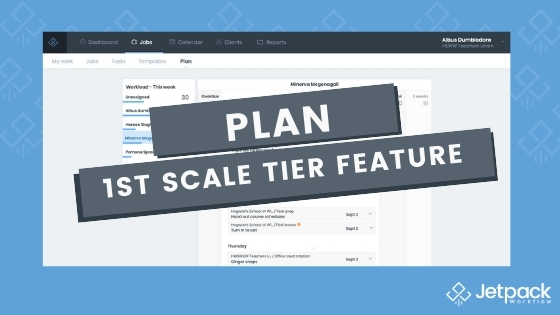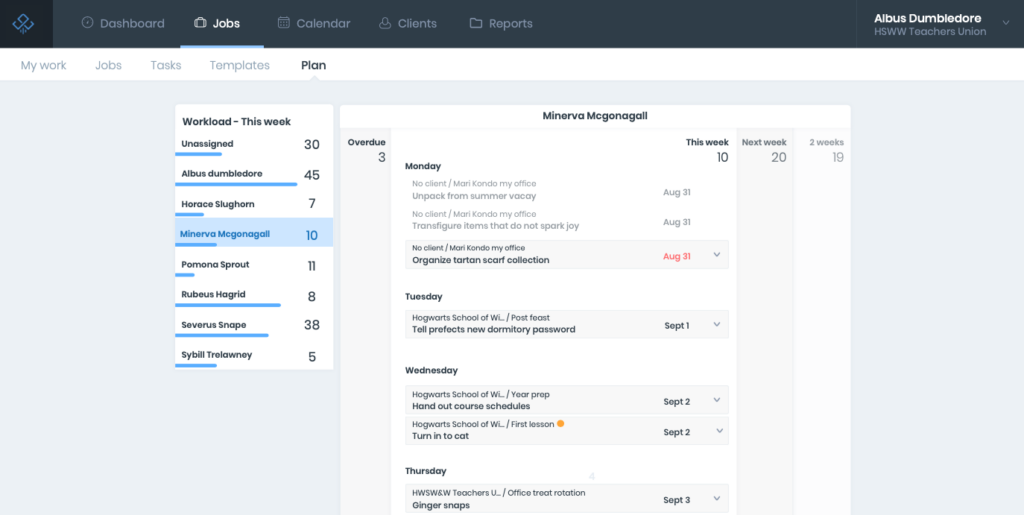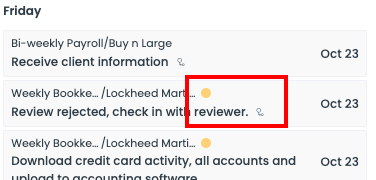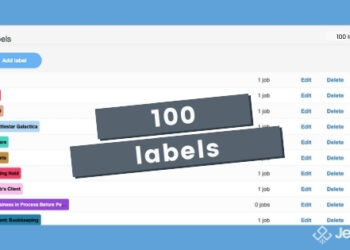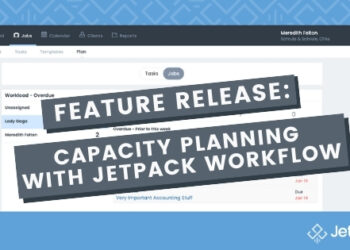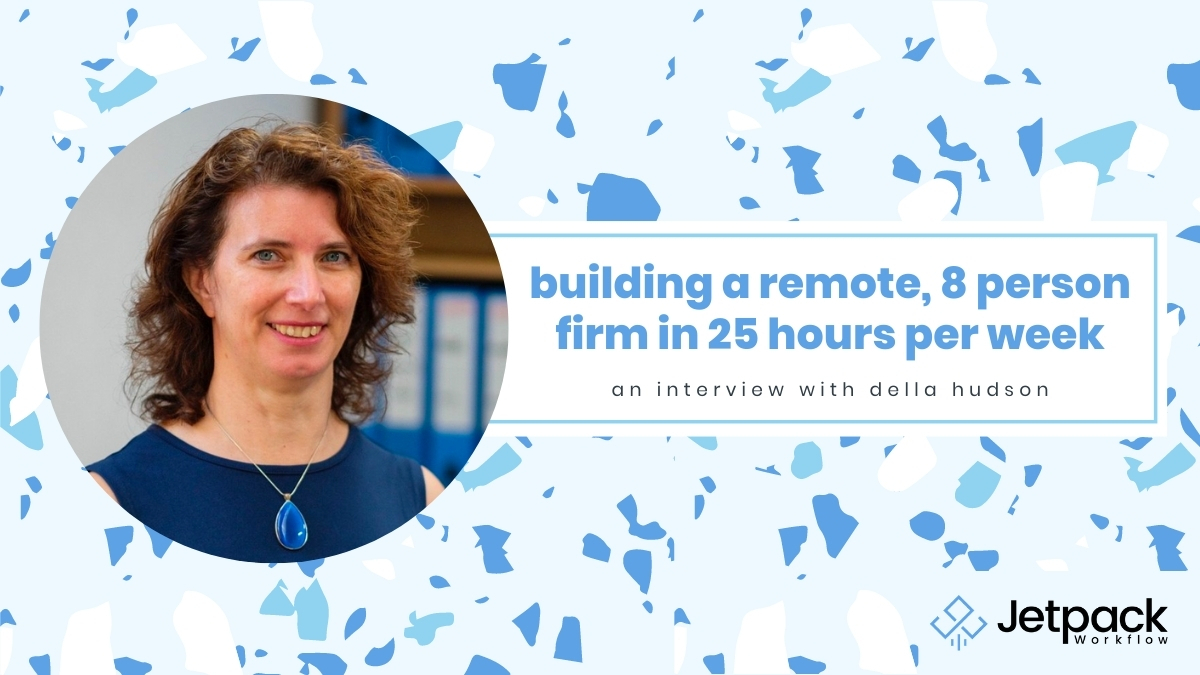How to Move From Accounting Manager to CEO
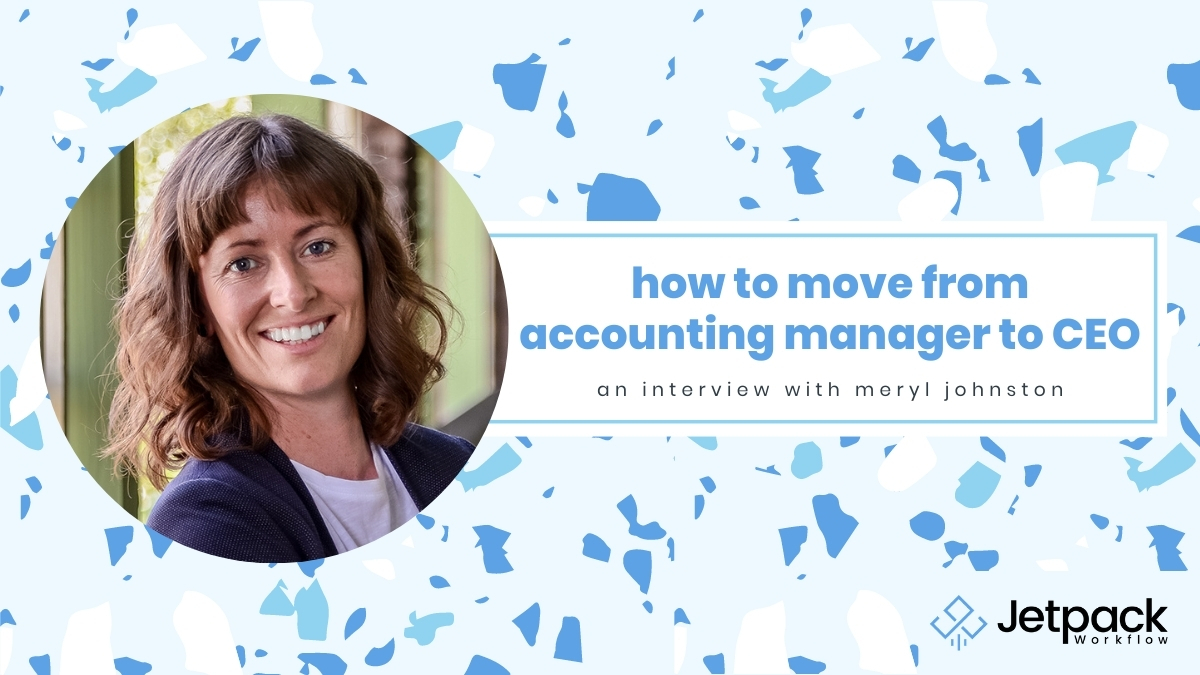
Meryl Johnston is behind the team at Bean Ninjas, and was recognized as Bookkeeping Partner Of The Year in 2019. Her name may ring a bell: we interviewed her a couple of years ago when she hit her six-figure milestone in eight months! We interviewed her on how she got to that milestone, and now we’re picking her brain again to see how she has overcome some challenges she’s faced while growing her firm.
Podcast
Summary
- About Bean Ninjas
- Inflection Points
- Part-Time vs Full-Time Staff
- Hiring the Right Person
- Self Removal from Bean Ninjas
Related Posts
- How To Start & Open Your Own Bookkeeping Business
- A Practical Guide to Hiring your first Business Development Specialist
- How To Recruit Great Talent To Your Firm
Recommended Reads:
- Why Remote Work Is So Hard – and How It Can Be Fixed
- Rob Walling -The Stairstep Approach to Bootstrapping
- Brian Castle – Productize and Scale
About Bean Ninjas
Bean Ninjas have just over 15 people and primarily of full-time staff, but with some part-time staff members as well. When the business started, it transitioned into online business, which was still fairly broad at the time. Bean Ninjas now specializes in eCommerce businesses and agencies, but they still have quite a few clients that have software as a service (SaaS). They generally work with businesses of various sizes ranging from micro to small businesses.
They offer bookkeeping services to clients who are getting into six figures, or maybe they’re pulling in over $200,000-$300,000 each year. From that point, they work with eCommerce clients up to eight figures. Typically, people assume that a business should be carefully niched, so the types of clients that Bean Ninjas work with may be very broad, but according to Meryl, “it’s basically where a business is; it’s not just the founder. They’re starting to build a team, and we work with them to help scale their business to the point that it makes sense to build an in-house finance team.”
The Inflection Points
Growth for Bean Ninjas was never linear, and there would be a spike in growth when there was an emphasis on marketing and sales. Eventually, Meryl realized that the business’s systems and team weren’t designed optimally for the size of the firm. As a result, there were times when there would be stress and strain in trying to find the right people to do the right job, which in and of itself is rather time consuming. Several of the business’s inflection points surrounded these issues. When Bean Ninjas was at the six-figure mark, Meryl said that she and her co-founder were working hard to build themselves out of the service delivery.
Part-Time vs. Full-Time Staff
Meryl explains her reasoning in the beginning for the systems she had in place, stating, “I used to do accounting consulting, and the thought process behind that was that I wanted to build a team and systems to do delivery so I could focus on running the business.” However, one of the challenges she encountered with having a team of contractors was that they didn’t always give their business the necessary time and attention; Bean Ninjas weren’t always their first priority.
In contrast, full-timers were engaged in the business, they would love the team culture, and they would exhibit loyalty to the business and their goals. Meryl said, “They’re really there for you,“ she continued, “And you’re there for them.” Contractors often have jobs on the side, and some of them were working just as hard to grow their own businesses.
Meryl even recalls one time when Bean Ninjas had a team of 10 contractors, and there was a lot of tension in deciding who was doing what and when. As a result, this brought concerns surrounding the business’s reputation with regard to service. Meryl’s central concern was “Can we stand behind our quality?” To remedy the problem, Meryl and her co-founder rethought the model to hire staff, but moving to full-time staff brings a host of other challenges.
Hiring the Right Person
Every business wants to bring in thriving, fresh talent with a passion for their trade, and Beans Ninja did just that, attracting people from firms like Ernst & Young and BDO. The problem was that such amazing talent was not looking for a side gig of bookkeeping, which, as mentioned earlier, is one of the inherent qualities of contract work. Furthermore, hiring a candidate full-time involves a financial commitment, and it was more expensive — too expensive to even try it. Meryl elaborates, “We couldn’t decide we’re moving 10 contractors to 10 employees, there was no way that we could do that financially. So we had to think about team structure, think about having our managers come on as team members first.”
However, even this presented its own challenges. In many cases, Meryl recalled how they would have to hire people with different skill sets while being well aware that the candidate was going to be a full-time team member and manager. It took a significant amount of time for the business to transition, but early on, the money just wasn’t there to implement the idea.
Even so, they still couldn’t quite find the right person who fit the profile for the managerial role in the beginning. Meryl explains the managerial history of Beans Ninjas in further detail saying, “We had two different managers, and they didn’t embody the kind of culture of the team that I wanted. I wanted young motivated people that really want to improve and learn and grow, and embrace technology, and love our clients.” Again, this desire for invigorating and zealous candidates was a significant roadblock that trickled down to the core, the culture of the company itself. Employees don’t want to work for managers who aren’t engaged and don’t reflect the ethos of the business. Simply put, employees don’t quit businesses, they quit their managers.
Self-Removal From Bean Ninjas
Because of the leadership vacuum that stemmed from the hiring troubles, Meryl and her co-founder found themselves well integrated into business operations to the end of acquiring the revenue so that they could eventually hire more people.
Meryl recalls how she would hustle to get clients in the door so that Bean Ninjas could build up their monthly recurring revenue, which would even allow them to invest in marketing and build better systems. As a result, they didn’t have an ideal client; any client was ideal. Furthermore, the issue of the quality of work raised to the forefront. Meryl, being ambitious and with a drive to succeed, would often get hands on in order to make sales, and she nailed her goals!
…However, clients began to expect this level of work from the business as a whole, and she gave the impression that she was going to be this involved with some of the jobs. Meryl reflects, “That was not the direction I wanted to take the business.”
To learn how the story continued for Meryl and Bean Ninjas, listen to the full episode! If you would like to reach out to Meryl, you can contact her on Linkedin.





